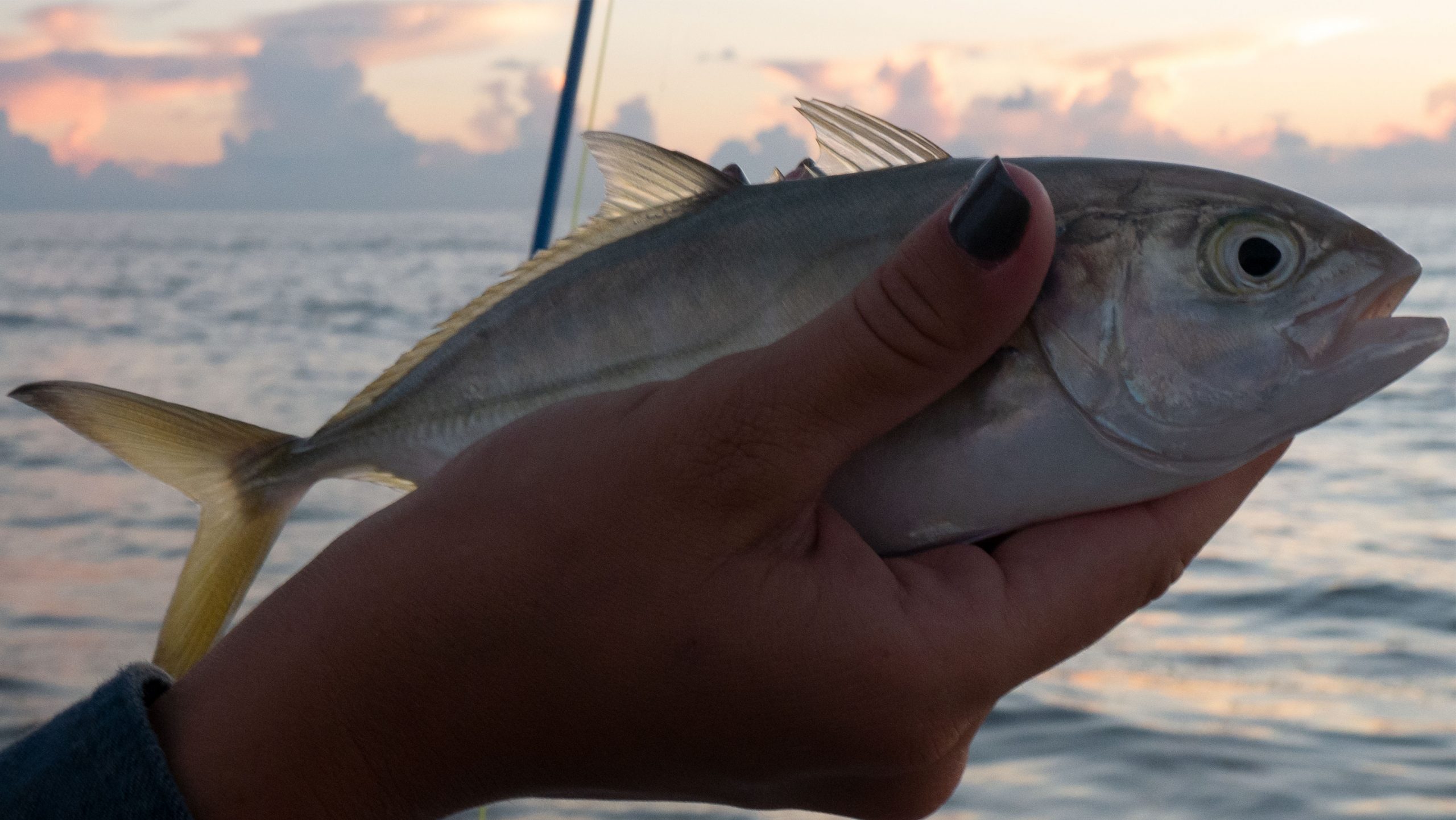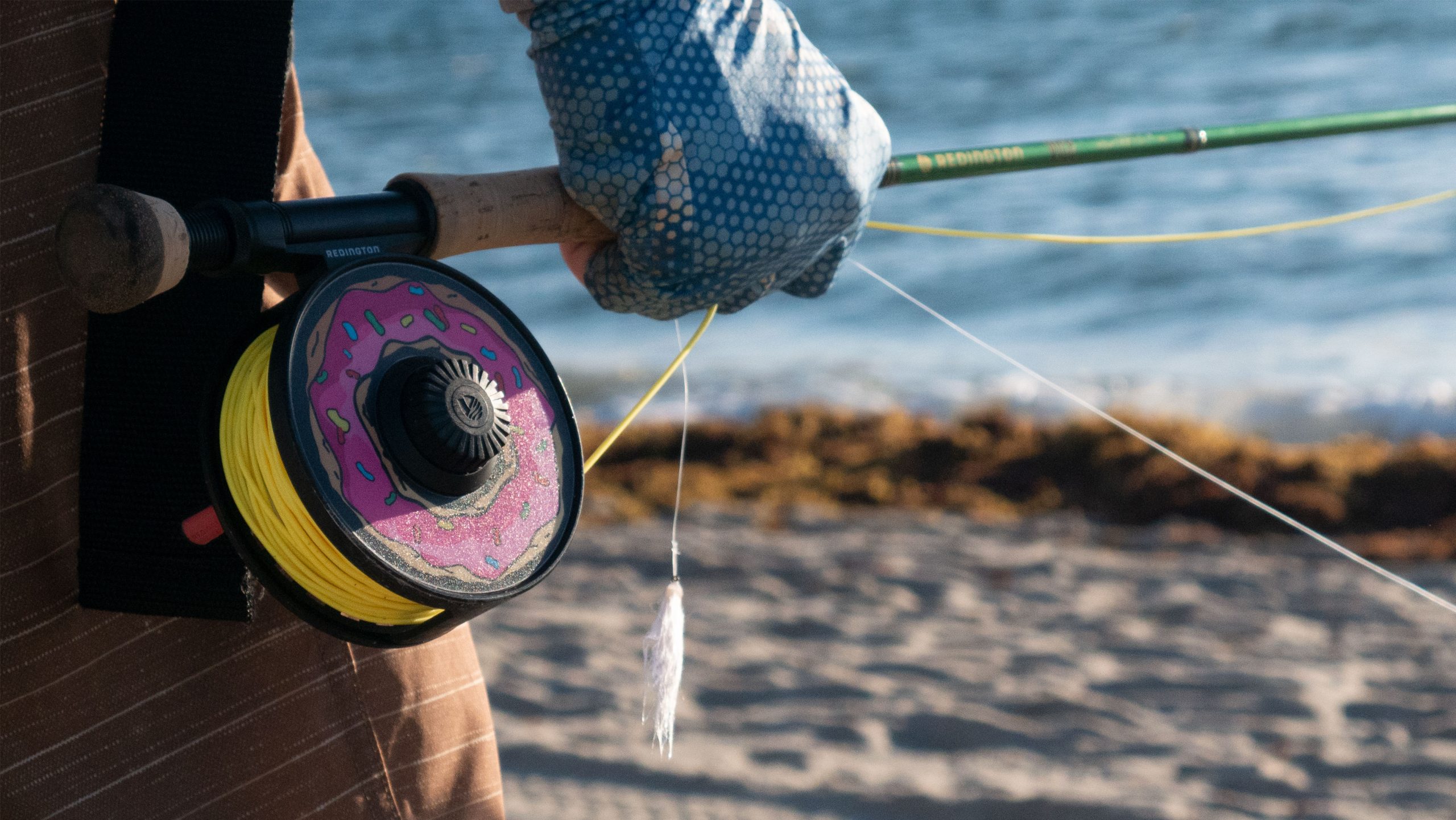During the dog days of summer, South Florida offers fly anglers a unique opportunity to stalk its sandy beaches for several inshore species. Snook, jack and tarpon can be found just feet from the shoreline stalking prey items in the surf.
Few things compare to the sensation of sand between your toes as you watch the sun slowly rise over the horizon. This is the life for many South Florida fly anglers as the weather heats up during the summer months of June, July and August. Not to say you can’t get lucky in May and September, but during the hottest months of the year, surf fishing can be highly productive.
As the glass minnows, pilchards, and other small prey items push close to shore, predators such as snook and tarpon aren’t far behind. One of the greatest aspects of pounding the dunes is the sheer bevy of species available, with jack also found patrolling the surf. Bluefish and various species of sharks can be present as well, taking advantage of the baitfish buffet.
The scorching summer months soon fade, giving way to the mullet run that begins at the end of September, and peaks in October. While not as ideal as taking advantage of the smaller bait closer to shore, big predators will bust mullet within 30 feet from shore, with the only disadvantage being that you need to make your fly stand out among thousands of prey items.
Fly Fishing the surf is also an excellent option for novices looking to cut their teeth in saltwater, as the wide open venue, combined with the need for short to intermediate distance casts, can easily spell success. For more advanced and proficient fly anglers, time spent in the surf can be quite rewarding, allowing you to easily knockout 5 or more species in one session.

WHAT YOU NEED
An 8wt is perhaps the best all around stick to handle a majority of the species you may encounter. For especially windy days, a 9- or 10wt rod will give you a better chance of cutting through the wind. If greeted with the proper conditions, bring along a 5wt to compliment your 8wt, as juvenile jack can be easily spotted causing a commotion in the surf.
On days with good conditions and little seaweed in the water, a floating line can and will do the trick. However, we strongly recommend utilizing an intermediate line as it will suspend just below the surface, making for an ideal presentation while avoiding any seaweed that might be present.
For leaders, make sure to match your tippet to your target species. When chasing snook, take into account their gill plates and tie on, at the very least, a 20lb fluorocarbon tippet. If chasing small jacks, a 15lb tippet will suffice.
A stripping bucket is essential, as it will help you better manage your line in the surf. If you encounter a situation where the beach and surf is full of seaweed, it can mean the difference between a successful day or, one that is thoroughly frustrating.
Make sure you have a good pair of polarized sunglasses with the proper lens color, with green being the optimal choice.
RESEARCH
Do your research before heading out. Make sure you follow all local laws and regulations by checking to see where you are allowed to fish, and where it is prohibited. Private beaches are fishable, but make sure you do not go above the high water mark. It is also imperative that you are up to date on all rules and regulations set forth by the FWC regarding species.
A quick search on Google Maps is key to identifying points of interest and will help you zero in on where the fish might be. Look for deep troughs, rocks/structure, and points, as they typically hold more fish. Don’t worry! If you can’t find or access any of these features, you can still find fish on open stretches of surf.
Make sure to check local weather reports, and be aware of any systems offshore. Remember, the summer months are the peak of hurricane season, and it’s critical to keep track of the various tropical disturbances. Despite being thousands of miles away, they can easily litter the beaches with debris.
Checking local tide charts is also a must as you want to be fishing just before and after the high tide, generally within an hour of the peak. While fishing can be productive throughout the day, properly working and understanding the tides will garner the best results.

FLIES
When selecting or tying flies, it is essential to match present baitfish. Any small baitfish pattern will prove to be effective in this situation, with anything with a light coloration between 1 ½” to 2 ½” being preferable. Remember, big fish eat small flies, and anything that imitates a small glass minnow will be happily slurped up by hungry snook and jacks.
Topwater can be effective as well, especially when hungry predators are busting bait at the top, so bring along a few poppers and gurglers. However, you would be better served focusing on subsurface baitfish patterns, as those produce the best results, not to mention any topwater would require you to switch back to a floating line.
In this situation, you would be better off leaving your boat box at home, and bring a small fly box instead.
NOW GO FORTH
It’s time to stop thinking and start doing! Few venues offer the same idyllic backdrop as the beaches of the Sunshine State, and with the ease of accessibility, it’s hard to find a reason not to spend a morning or evening stalking the shoreline, especially with the bevy of inshore species



